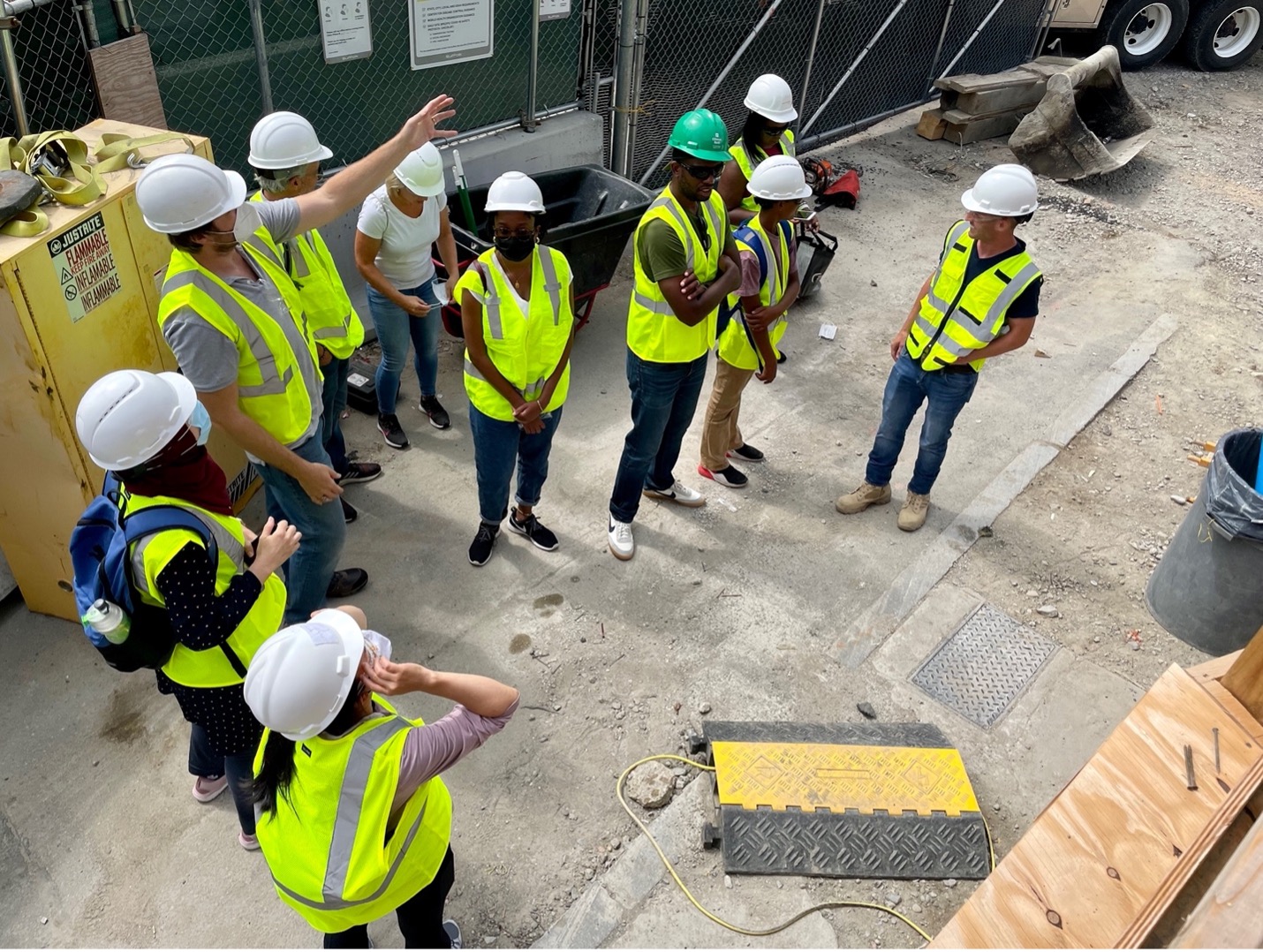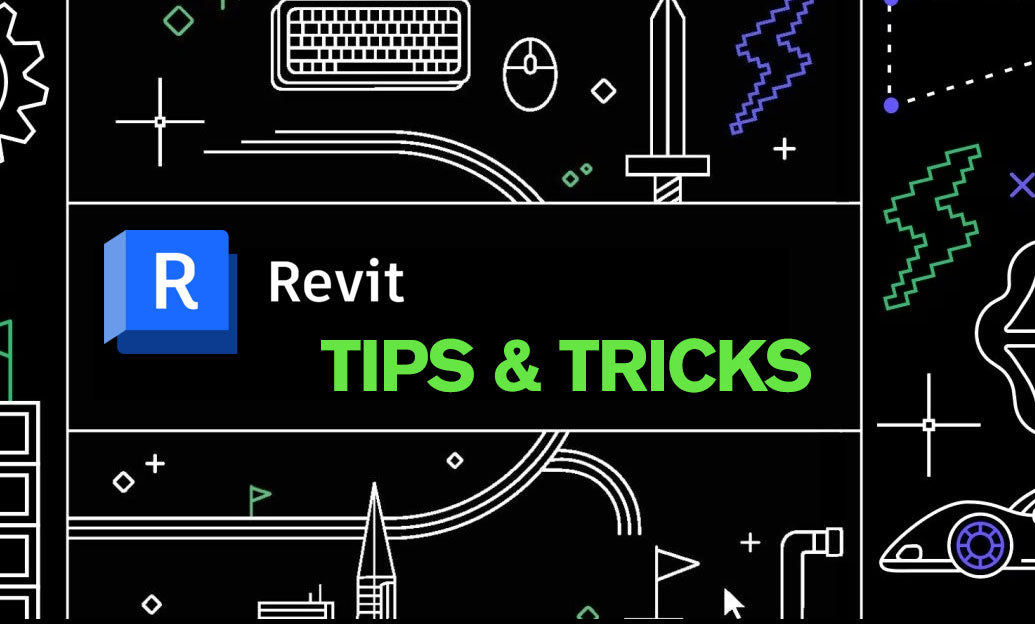Your Cart is Empty
Recent Articles
- Cinema 4D Tip: Cinema 4D PBR Workflow Essentials
- Revit Tip: Precise Property Boundaries and Site Component Placement in Revit
- V-Ray Tip: V-Ray Incremental Versioning Best Practices
- ZBrush Tip: Split Masked Regions into New SubTools for Non‑Destructive Editing
- AutoCAD Tip: AutoCAD Dimension Style Standards and Workflow
- Bluebeam Tip: Enable Snap to Content for Faster, More Accurate Takeoffs
- His First SketchUp Model @Thesketchupessentials
- Rhino 3D Tip: ReplaceBlock: Batch update block instances from external files while preserving transforms
- Design Software History: Collaboration in Design Software: From File-Based PDM to Cloud-Native Co-Editing and Design Threads
- End-to-End Encryption for CAD/PLM: Protecting Design IP in Cloud Workflows
Green building careers illuminated through Boston Teacher Externship Program
September 15, 2021
From Autodesk News: Kellyanne Mahoney

As a former educator, I have a deep passion for supporting our schools. After leaving my own classroom, co-teaching 3D design with Blades the Boston Bruins mascot was my first assignment here at Autodesk. I’ve since given away makerspaces to schools through the Autodesk Make It Real program, set up hands-on activities for parents and toddlers at the Boston Children’s Museum, and supported programs like Digital Ready’s Year 13 that create pathways into Boston’s innovation economy for young adults. My role here is quite the departure from teaching middle school English!
Four years ago, I built on these training opportunities by establishing a formal externship with the Boston Public Schools system. Local excitement about the program grew and Gilbane Building Company, Elkus Manfredi Architects, Nitsch Engineering, and the United Way are now part of the effort. We focus on helping teachers light career paths into the architecture, engineering, and construction (AEC) industry for students.
Autodesk Tinkercad turned 10 earlier this year! Reflect back on 10 years of Tinkering.
One thing that strikes me about this program is that by bringing together multiple firms, Autodesk and its partners can model the cross-industry collaboration needed to meet increasing demands on the AEC industry.

Local leaders like Rev. Mariama White-Hammond, Boston’s Chief of Environment, Energy, and Open Spaces, and Eva Mitchell, Chief Accountability Officer for the Boston Public Schools, kicked off this year’s program.
Helping educators learn about green building careers
Since the program’s inception, Autodesk has hosted nearly 70 Boston educators, principals, and district-level leaders at its Autodesk Technology Center in Boston. We just wrapped this year’s training, hosting seven teacher externs over two weeks in a hybrid format. For the second year in a row, we emphasized developing teachers’ environmental sustainability literacy as it relates to the AEC industry.
In Boston, sustainable design is a priority. The city is working toward becoming carbon-neutral by 2050, requiring changes like new codes and building retrofits. Boston’s infrastructure and communities are also highly vulnerable to the effects of climate change and coastal flooding. This is particularly true for under-resourced communities where many Boston Public School students live.
Guided by mentors from the partner companies, the teachers are trained to use the design thinking process to create ways for students to design healthier learning spaces. One activity was a hands-on design challenge based on a new lesson plan about designing flood solutions. This project not only complemented industry-led seminars about the AEC verticals and how they interconnect but also helped the teachers learn CAD skills by exploring our free lesson plans for teachers.

Autodesk Principal Research Engineer Brandon Cramer provided feedback to teacher extern Shantel Shepard on her Tinkercad flood solution design.
As a nice reprieve from the virtual sessions, we spent one day touring green construction sites and buildings. The field trip was led by the architects and engineers who helped design the projects and local professors joined. The tour showcased sustainable design elements from sites like Boston’s Copley Library, Boston Architectural College’s Green Alley, the construction of two new buildings connected by a landscaped public plaza over the Massachusetts Turnpike, and the Christian Science Plaza. Teachers were able to see how the innovative use of green building materials and engineering methods are recharging the city’s groundwater and how interpersonal connections across industries and roles make a busy construction site a safe and meaningful place to work.

Architect Hal Munger of Elkus Manfredi Architects leads the teachers on a tour of an active construction site to learn about a project he designed.
Teaching teachers new skills
Bernadine Lormilus-Henry is a middle school English Language Arts teacher who participated in this year’s externship. We caught up during the training, where she told me she is walking away from the program feeling “more powerful.” She said, “I feel like I have so much more to give my students this year.”
During the last day of the externship, she presented her plan to build her students’ English language literacy while also fostering an engineering mindset.
One of her key takeaways was her belief that another “E” should be added to the STEM (science, technology, engineering, and mathematics) acronym to represent the importance of empathy to careers like those she learned about in the AEC industry. By engaging students in activities like designing for wellness in the post-COVID built environment, or building structures that can withstand sea level rise, she thinks students could get invested in a quest to save humanity.
Bridging gaps and connecting communities
Dr. Fopefoluwa Bademosi, a professor of construction management at Wentworth Institute of Technology and former Autodesk intern, joined the teachers for the field trip. She said programs like this are critical for making construction and green building attractive career choices for young people.
During the tour, she shared, “the industry has been facing a persistent shortage of skilled labor for a very long time, with more people retiring from the workforce quicker than they can be replaced. With exposure to the in-demand skills and careers in the AEC industry, teachers will be equipped with the information and technology necessary to design meaningful learning experiences for students and get them interested in AEC-related careers.”

Dr. Fopefoluwa Bademosi (right) takes in the view of Boston’s Parcel 12 Project over the Massachusetts Turnpike with high school teacher Jenny Trieu (center).
After we wrap the externship training each year, I leave feeling honored to play a role in helping to illuminate careers for students here in Boston. Through industry and educator collaborations like this, we can train budding design and engineering professionals for the critical green building jobs in the future of work.
Head to Engineering.com to learn more about how we support students, educators, and lifelong learners.

Browse Autodesk Products
The world's leading innovator of 2D and 3D graphics technology
Also in Design News
Subscribe
Sign up to get the latest on sales, new releases and more …





